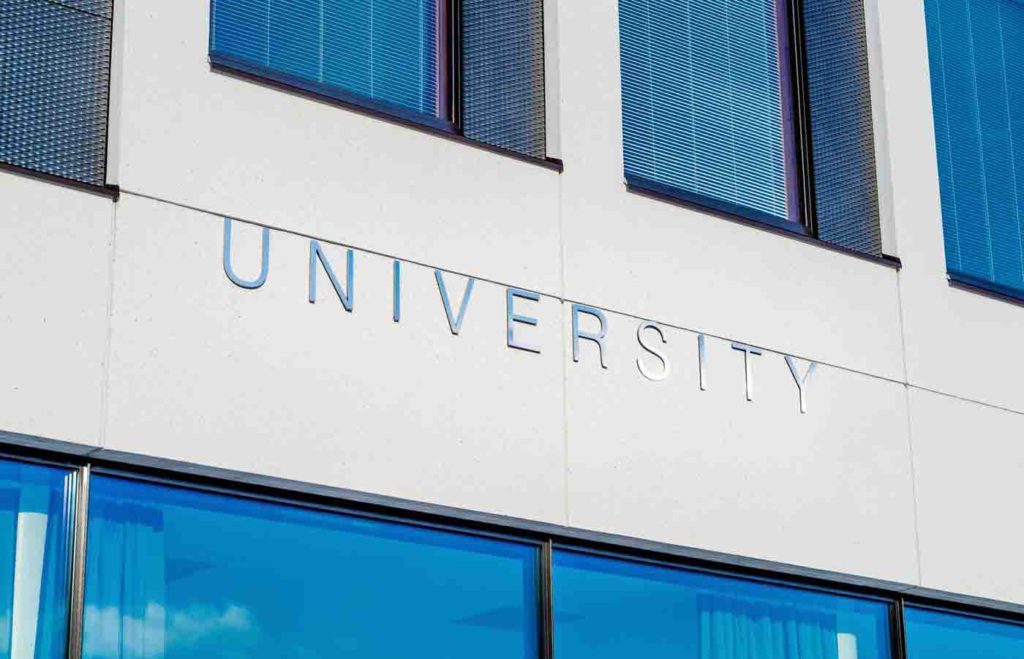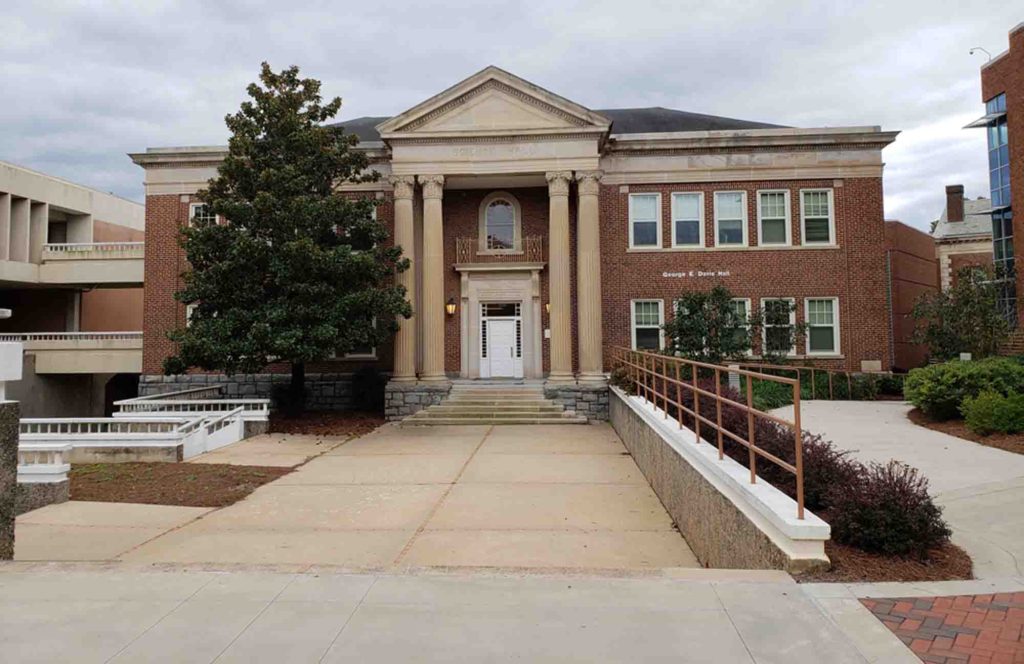Three focuses of my blog are General Education, STEM and Technology. As the world becomes more and more automated, there will be an increasing need for individuals to be trained in robotics and associated technologies. There are also benefits to robotics as an educational tool. The following guest post is entitled, Robotics: A Powerful Educational Tool.
* * *

The field of robotics has numerous applications in various industries, usually in manufacturing different products in high volumes. Robots are ideal in these fast-paced environments as they can work for long hours without the risk of injury or exhaustion.
Robotics has also seen its impressive share of innovation through the years. Today, robots have the capability of sight. These robot vision systems increase precision and accuracy, helping improve the quality of products in many industries.
Aside from speeding up production processes, robots assist humans in other areas such as engineering and healthcare. Robotics also enriches the learning of students through their uses in the classroom setting. It provides a unique avenue of knowledge for learners of all kinds.
These are a few examples of how educators have adopted robotics as a tool for education.
Making Inclusive Education a Reality
Students in the STEM track are not the only ones who benefit from robotics. Students with special needs receive the necessary support for their different learning requirements.
An example of this is how robotics have been helping students in the autism spectrum develop their social skills. Some learners with autism can be uncomfortable in situations in which they have to interact with unfamiliar people.
Robotic solutions startup LuxAI responded to the need for innovative learning tools for children with neurodevelopmental disorders with the creation of QTRobot, an educational robot with play-based activities for social and cognitive development. These kinds of technologies make learning more encouraging and accessible for learners with disabilities.
Students with medical conditions that keep them from leaving home also benefit from having telepresence robots that enable them to do in-school activities. These robots are built to show a student’s presence in the classroom, with a tall vertical body with a screen on top to show the student’s face.
Simplifying Programming for Students
As robots increasingly play a larger role in daily living, students have much to gain from learning how to program. Robots are an interesting way to ease students into the art of programming, as these activities make learning about these technical and mechanical processes more enjoyable.
Of course, learning programming through the traditional classroom method is important. Bringing robotics in provides students with a practical application to help them put into practice what they learn in class.
Young learners can also more easily be introduced into the world of coding through robots. Many in the market teach kids aged three years old and above simple algorithms through puzzles and interactive storytelling. Robotics company Edison even has free lesson plans available online for use with their child-friendly robots, making coding education easier for many students.
Introducing robotics to children demystifies programming at an early age, thus encouraging more students to pursue STEM for higher education.
Sharpening and Broadening Students’ Skill Sets
More and more companies are automating to bolster their production and keep up with rising demands. However, industrial robots are complicated and often dangerous tools that trained professionals must only use. The rate at which organizations worldwide are adopting robots, and artificial intelligence necessitates more laborers who are knowledgeable in this field.
As robots take the place of humans in assembly lines, more human capital will be needed to operate and maintain these machines. Managing robots requires creativity and critical thinking skills, which are unique to humans, making humans an integral part of large-scale automation.
Giving Students Practical Experience Through Simulation
There are many ways in which students gain ample practical experience through educational simulators.
For example, students at the high school level often begin taking driving lessons. Driving simulators give driving students a realistic driving experience within a safe and controlled environment.
These simulators mimic the look and feel of driving an actual car, which helps students become better acquainted with the controls of a vehicle. The replication of real-life traffic situations also allows them to be prepared to face challenges that might come up on the road once they gain their driver’s licenses.
Simulators are also immensely helpful for medical students who will have to deal with various sensitive operations as doctors. These allow future doctors to gain training on how to perform surgeries safely and with precision. Simulations of different scenarios help them make proper decisions to ensure future patients’ safety while also preparing them for possible emergencies.
With its many applications in different fields, especially in education, robotics is a highly beneficial teaching tool for students of all levels. The sooner they are adopted in the classroom setting, the more enriched students’ learning will become.



